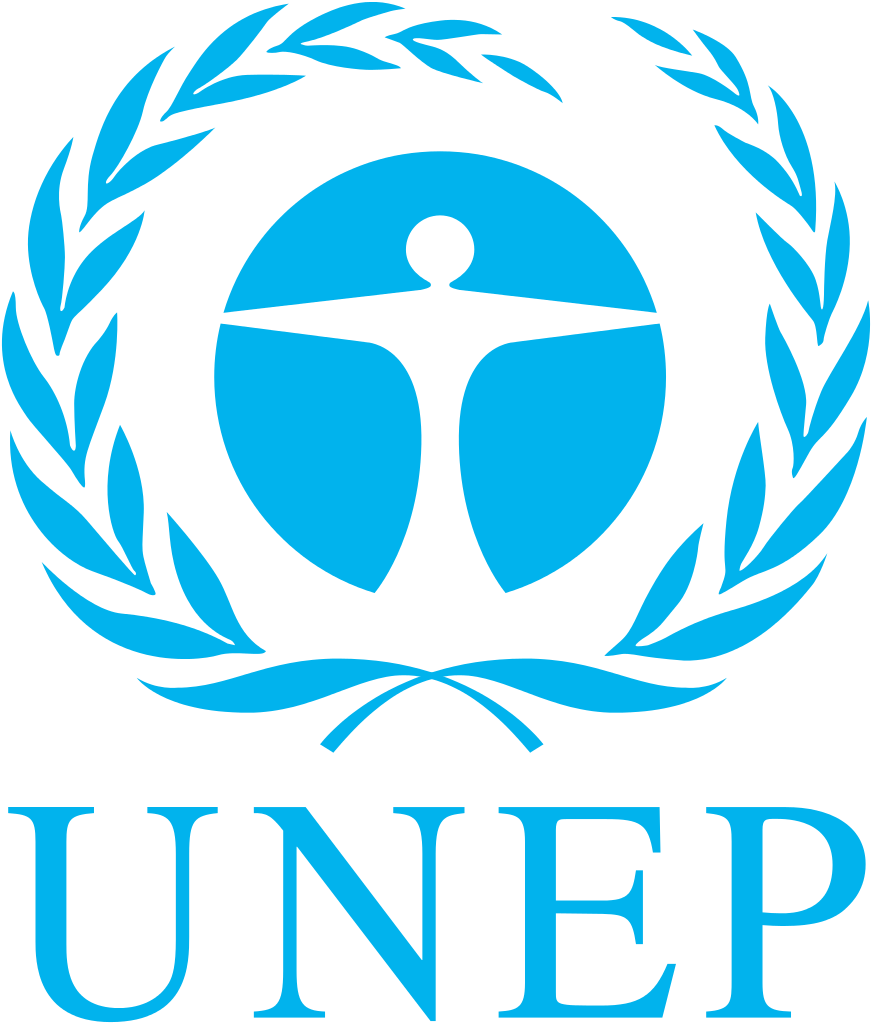



Integrated management of ecosystems like mountains has the potential to improve the overall management of natural capital while contributing to improving human well-being and the achievement of the adopted Sustainable Development Goals. A radical shift in thinking about ecosystem management is needed to provide a more holistic and integrated view of the links between ecosystem service delivery and human needs.
In the recent years, integrated approaches including concepts of so-called “green infrastructure” approaches have been successfully tested and implemented in mountains regions such as the Carpathians. Green Infrastructure is addressing the spatial structure of natural and semi-natural areas but also other environmental features which enable citizens to benefit from its multiple services.
This platform aims to present good practices from the Carpathian region in key economic areas. It is hoped to raise the awareness of policy makers and the media to help them recognize the value and benefits of integrated ecosystem management; thus encouraging governments and other stakeholders to use the approach in development planning.




The Carpathians are one of Europe's largest mountain ranges, a unique natural treasure of great beauty and ecological value, and home of the headwaters of major rivers. They also constitute a major ecological, economic, cultural, recreational and living environment in the heart of Europe, shared by numerous people and countries.
The aim of the Alpine-Carpathian Corridor projectis to safeguard the ecological connectivitybetween the Alps and the Carpathians,within the Centrope region. Migration andgenetical exchange among wildlifepopulations shall be secured. The project shallstrengthen conservation management for theprotected areas along the Alpine CarpathianCorridor and neighbouring habitats.
The Visitor Center serves as the gateway for exploring Piatra Craiului National Park before actually visiting it. Also, it serves as a tool for ecological education among schoolchildren. Tourists, visitors, local communities and stakeholders have lack of information regarding what a National Park is and what kind of activities are carried out by its Administration.

The Framework Convention on the Protection and Sustainable Development of the Carpathians (Carpathian Convention) was adopted and signed by the seven Parties (Czech Republic, Hungary, Poland, Romania, Serbia, Slovak Republic, Ukraine) in May 2003 in Kyiv, Ukraine, and entered into force in January 2006. It is the only multi-level governance mechanism covering the whole of the Carpathian area and besides the Alpine Convention the second sub-regional treaty-based regime for the protection and sustainable development of a mountain region worldwide.
The common vision of the Parties to the Carpathian Convention is to pursue comprehensive policy and cooperation in order to guarantee protection and sustainable development of the Carpathians. The improvement of the quality of live, the strengthening of local economies and communities, and the conservation of natural values and cultural heritage should go hand in hand in the Carpathian area.
The Convention provides a framework for cooperation and multi-sectoral policy coordination, a platform for joint strategies for sustainable development, and a forum for dialogue between all stakeholders involved – from the local community and various NGO’s up to the regional and national Governments, Institutions of the European Union and the United Nations.
Read more!
Vienna International Centre
Wagramerstr. 5
PO Box 500
A – 1400 Vienna
+43 1 26060 5338
For more information about sharing case studies please contact Ms. Emilia Borowska
All images: © Copyright Juho Rahkonen, Mircea Verghelet, Green Dossier Carpathian People
WEB PROGRAMMING: Emilia Borowska